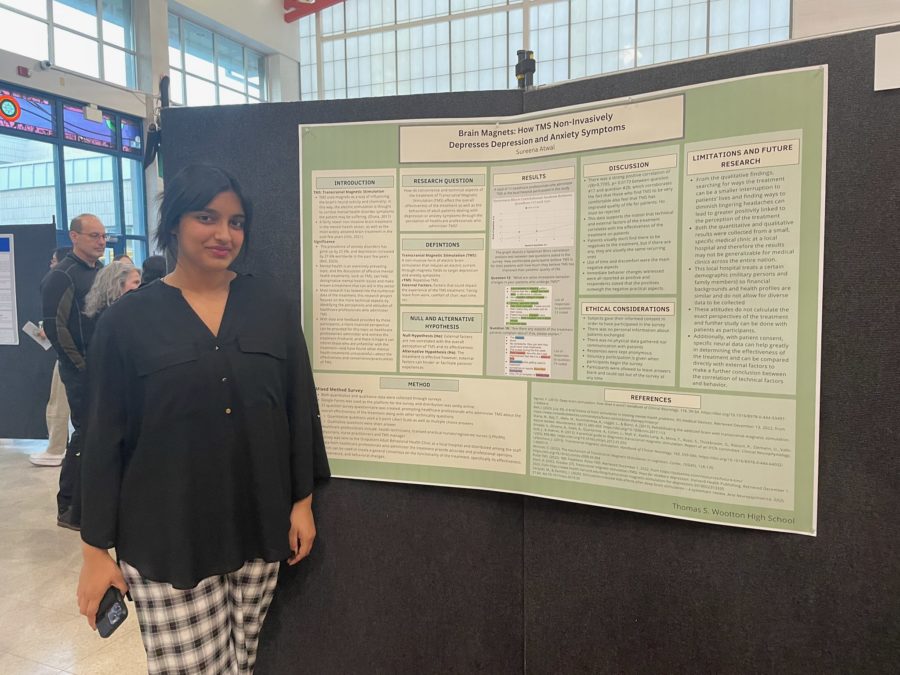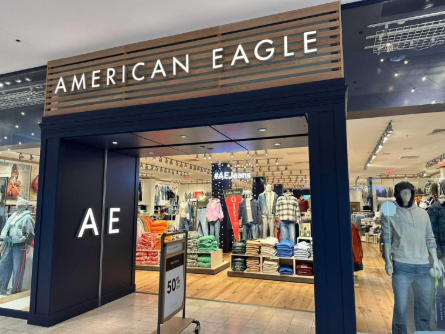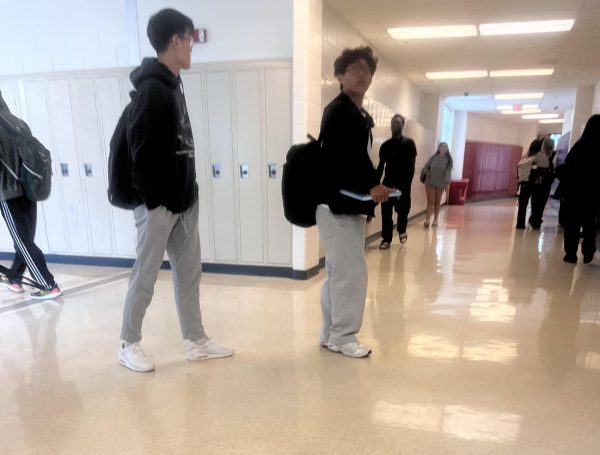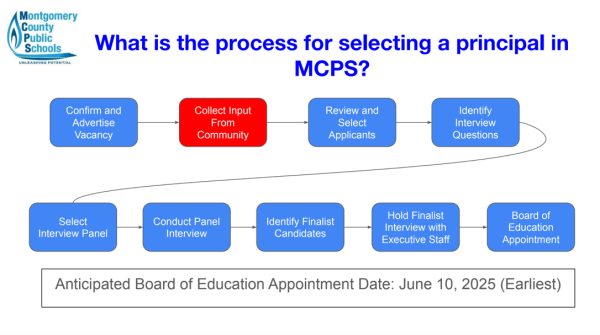AP Research symposium signifies end of year-long project
Senior Sureena Atwal attends the AP Research symposium on Apr. 26, where her poster with her research topic and results is up for display for parents, students, and teachers to view.
After an entire school year of choosing a research topic, creating a literature review, making a method, obtaining original research results and making conclusions for their AP Research paper, these students finally have all the components they need to create their 12-15 minute presentation of their findings to AP Research teachers Michelle Hanson and Brett Bentley for 25% of their College Board AP score for the class. This is called the Presentation and Oral Defense, or POD.
Since the start of the school year, AP Research students have been making their 4,000-5,000 word paper for AP Research. The goal of this project was to address a gap in a field of research and find a new understanding by conducting original research. Taking all of this and putting it into a slide show presentation was the other part of the project. This slideshow included the research question, results, a summary of the literature review, and a method section. There is also an oral defense component, where the graders at the end of the presentation ask three questions out of 15 possible questions given by the College Board pertaining to the research process and how one went about its struggles and technicalities. “My oral defense went well overall except for the last question. I got a little tense and I kind of forgot what I memorized so I kind of had to make something up on the spot,” senior Saunak Roy said.
The presentations were held in Hanson’s office in room 41. From Wed. Apr. 19 to Wed Apr. 26 students presented all day in 25-minute blocks from 7:45 a.m. to 3:15 p.m.. “I wanted to do my presentation the first week to get it over with, but I also wanted adequate time to prepare so I chose to not go the first day the presentations started,” senior Sofie Vinick said.
Although the paper portion of this class went on all year, the preparation time for this presentation was a lot shorter, starting only the week before spring break, giving some people only a week after spring break to prepare. This presented a challenge for students, given that an entire script had to be written and slides had to be made. Since one of the grading criterion was good stage presence, it was expected to not read directly from the script, have a lot of it memorized and make a lot of eye contact with the graders. Given this short time, students felt slightly unprepared. “I think the time we had to do the project was definitely not as much as I ideally could’ve had, but it was doable with good time management and focus,” Vinick said.
Students could pick any topic they wanted for this course and there were subjects from a broad range. Senior Drew Sill’s research project was titled Halfmasking – gauging facial expressions in masks. He put a lot of time into choosing this topic. “This year was the second annual symposium and last year in AP Seminar I attended the first symposium. During that time, the keynote speaker got up and my mother and I wondered how much the mask hindered what they were trying to convey to the audience. From there I became interested in learning about masks,” Sill said.
The majority of AP Research students do either a survey, content analysis, case study, experiment, or something along these lines. However, there were two creative presentations this year where the project was to create something unique and new. Senior Rachel Nanos made one of these creative projects and created a graphic novel with its own storylines and pictures. These pictures reflected Nanos’ passion for drawing and creating artwork. The second was done by senior Savannah Rabin who created her own fashion line named Unknown Treasures, where she made all of her pieces out of recycled materials and aimed to look into the future of sustainable fashion. “It was definitely difficult because a creative project had never been done before in the program at this school so it was hard to find examples but overall I liked doing the creative approach more than I would’ve liked doing a regular paper because I am very passionate about my artwork,” Rabin said.
Another project was called Impact of Automobile Infrastructure Relevance on DC-Metro Road Congestion by Roy. The method was a quantitative case study on three D.C. Metro regions and their traffic speeds. “I think that the project went well overall but I had some issues with managing my time so if I were to do it again I would make sure I planned everything out before,” Roy said.
There are a wide range of ways that people pick their topics. Sometimes it is hard to find that gap in the scholarly research and one really has to dig and other times it can just come as an idea. “I fell into a rabbit hole of Youtube videos about a year ago and I was just fascinated about how American transportation compares to European transportation because ours is really bad and congested but in cities like Amsterdam their transportation is one of the best in the world so I was fascinated about that and that’s how I landed on the topic,” Roy said.
A qualitative content analysis was another approach that could be done. Senior Ona Olisa’s project was titled Power of Storytelling: Environmental Values Expressed Through Folktales of Indigenous Groups where she looked at four folktales from different indigenous groups to look for themes of environmentalism. “The research process was definitely stressful at times because you had to manage your whole project yourself but I really liked my topic and it was really interesting to conduct my research,” Olisa said.
A research poster symposium took place on Apr. 26 all around the commons, where individual posters containing a summary of the students’ entire project was made and put up on boards by the students to show parents, teachers and other students their findings. At this symposium, two exceptional AP Research students presented their POD to the audience. One of them was senior Lily Drennon, whose project was titled Mrs Sew and Sew: A look at the evolution of home sewing patterns throughout WWII. “I think my presentation went fairly well and I had a lot of people come up to me saying that this was a really interesting topic. They asked if I was planning on studying it more and I am,” Drennon said.
May 1 at 11:59 p.m. was the deadline for the AP Research paper. After this time, there was no opportunity for submission of the paper that students had worked on for the entire school year. Students uploaded their papers to College Board, ran an originality test on turnitin.com, read through the guidelines and rules that College Board has, and pressed the final submit button. “I waited until the last minute because I had to add more to fit the word count,” Roy said.
In order to take AP Research, AP Seminar is required to be taken in a previous year. Both of these classes are part of and required for the Humanities and Arts Program and the AP Capstone Diploma. Most students take AP Research their senior year, including junior Paige Foster, who will take it next year. “I know it will prepare me for college but it seems like a hard class,” Foster said.
Your donation will support the student journalists of Thomas S. Wootton High School. Your contribution will allow us to purchase equipment and cover our annual website hosting costs.
Vivian is a 2023 graduate.







